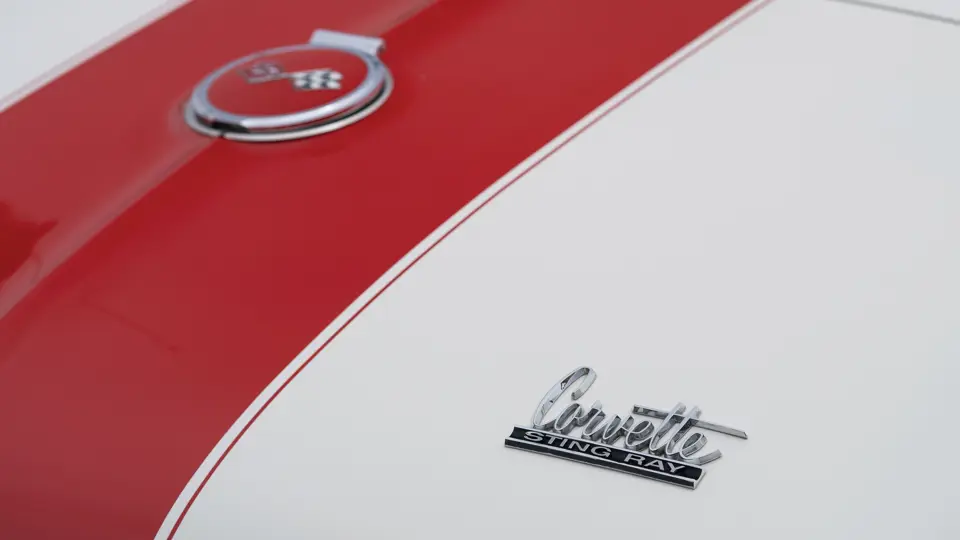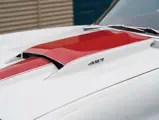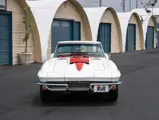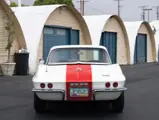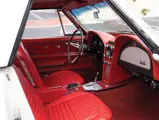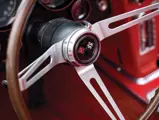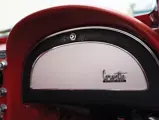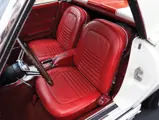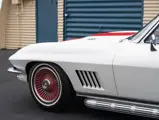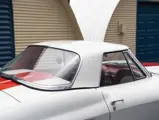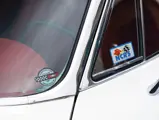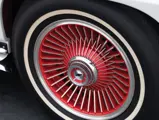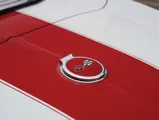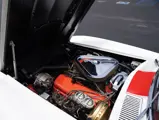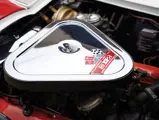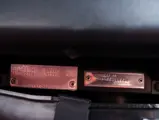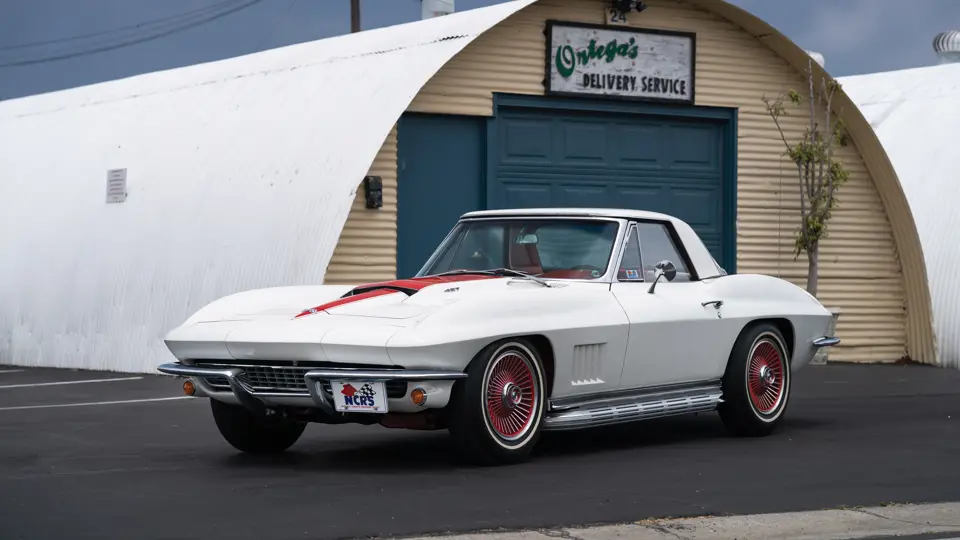
1967 Chevrolet Corvette Sting Ray COPO Convertible
{{lr.item.text}}
$650,000 - $850,000 USD | Not Sold
Offered from the Jim Mangione Collection
{{bidding.lot.reserveStatusFormatted}}
- Offered from the Jim Mangione Collection
- Custom-ordered by Bill Mitchell for his wife
- 400 hp, 427-cubic-inch V-8
- Bespoke white-and-red accents
- Exceptionally well documented
- The first Bloomington Gold Historic Award recipient
Long gone are the days of à la carte options for most new cars. Back in Detroit’s heyday, however, General Motors allowed its dealers to pick and choose how they wanted to build the cars headed to their showrooms. Certainly there were some limitations and probably a few phone calls from Detroit to little dealers scattered across the country questioning their intentions, but ultimately there was only modest oversight.
GM cars tagged with four innocuous letters—COPO, for Central Order Production Office—were intended to be custom orders for budget-conscious municipal fleets eager to delete as many options as possible. Even legendary GM designer Bill Mitchell made use of the COPO program to pick and choose features for a special Ermine White 1967 Chevrolet Corvette Sting Ray Convertible he presented as a gift to his wife, Marian. Working with instructions handwritten by Zora Duntov himself, Mitchell set to work on custom-ordering his latest company car, only this one would not merely end up in the company car park wedged next to Impalas and Novas.
After selecting the Big Block Tri-Power 427-cubic-inch, 400 horsepower V-8 paired to a heavy-duty version of the PowerGlide automatic transmission and a 3.08 Positraction rear differential, Mitchell loaded on the luxuries, including power windows, telescoping steering column, air-conditioning, and AM/FM radio. Power steering and brakes helped tame the beast underhood. More than nearly anyone else, Mitchell knew that 1967 would be the last year for the third-generation Corvette, and so he planned a proper going-away gift for the design he had first sketched out as the Sting Ray Racer concept car more than a decade before.
After being inspired by an encounter with a shark in the Bahamas, Mitchell created a car that was predatorial in every way. That showpiece had been designed as a tribute to the division’s racing efforts, as the Automobile Manufacturers Association pulled the curtain on factory-backed competition. The production Corvette bowed for 1963 and advanced the roadster’s design considerably with bold lines, pop-up headlights, and even a coupe configuration.
For Mitchell, however, it would be the classic roadster design that drew his attention on the eve of third-generation Corvette production. After placing the order that had been blessed by Duntov himself, Mitchell reportedly walked along the St. Louis, Missouri, manufacturing line where Marian’s 1967 Sting Ray was assembled to ensure that it would be without flaw. From there the car was shipped not to a Chevrolet dealer but to the General Motors Technical Center in Warren, Michigan, where Mitchell put his characteristic touch into it to make it stand out from the crowd. He applied red accents to the car, most notably extending the “stinger” graphic past the passenger compartment and over the trunk lid and into the rear valance. The “stinger” stripe frames the license plate perfectly, a reminder of the design’s remarkable continuity.
Marian is said to have enjoyed the car for two years. It drew looks even after the fourth-generation Corvette became a common sight on American roads, especially around Detroit. Instead of merely trading it in for another company car, the Mitchells eventually sold it to neighbor Harry Byrd, who passed it farther down their suburban Detroit block to Richard Brown. It was Brown who would move it out of Michigan when he retired to sunny Florida and eventually sold it to Don Newton in Kentucky.
While undertaking a restoration, Newton discovered a build sticker with relevant option codes, including one that undoubtedly caused some anxiety in the line worker who applied it: “W Mitchell” was a special typed addition to the option list.
This exceptionally well-documented example counts among its numerous accolades the first Bloomington Gold Historic Award, which was bestowed upon the white-and-red roadster in 2001.




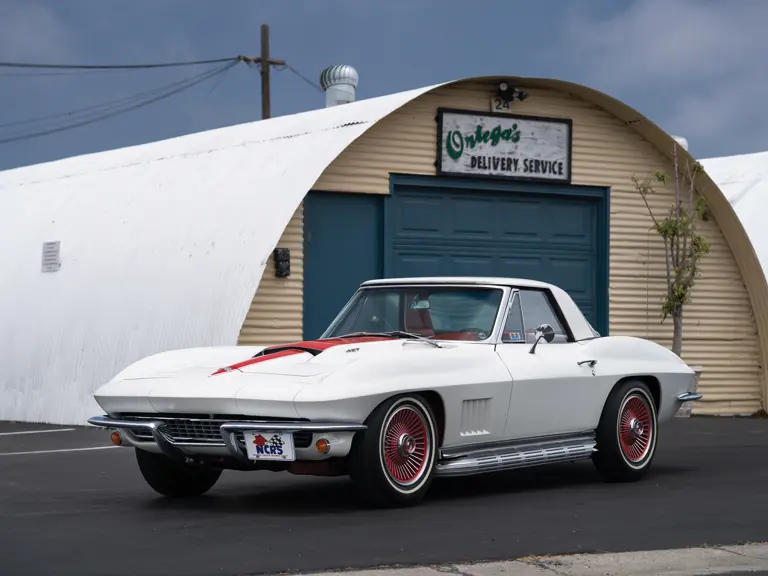
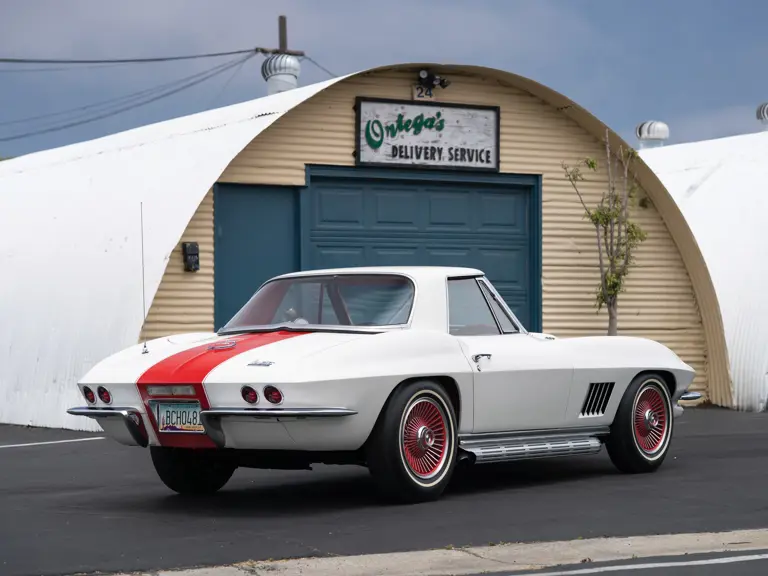

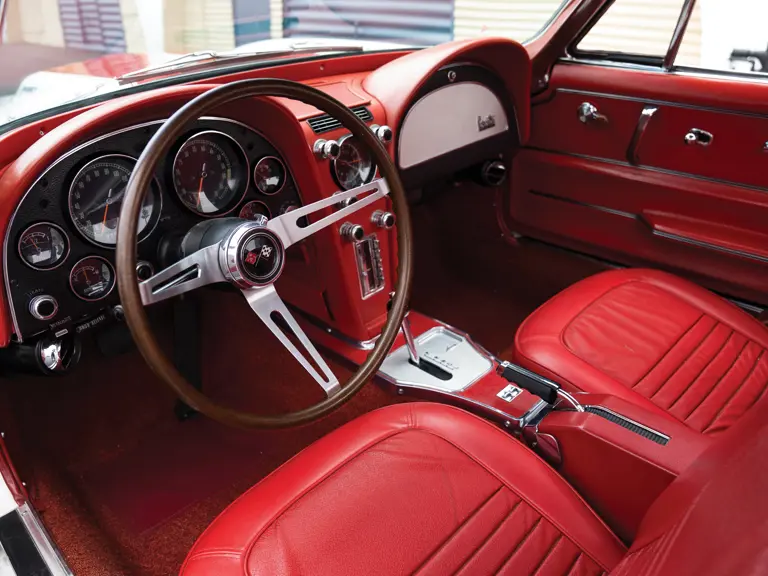
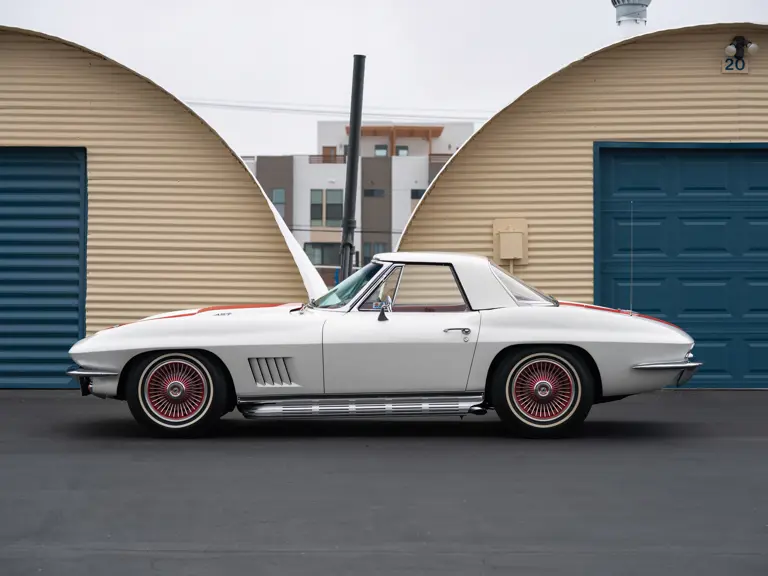
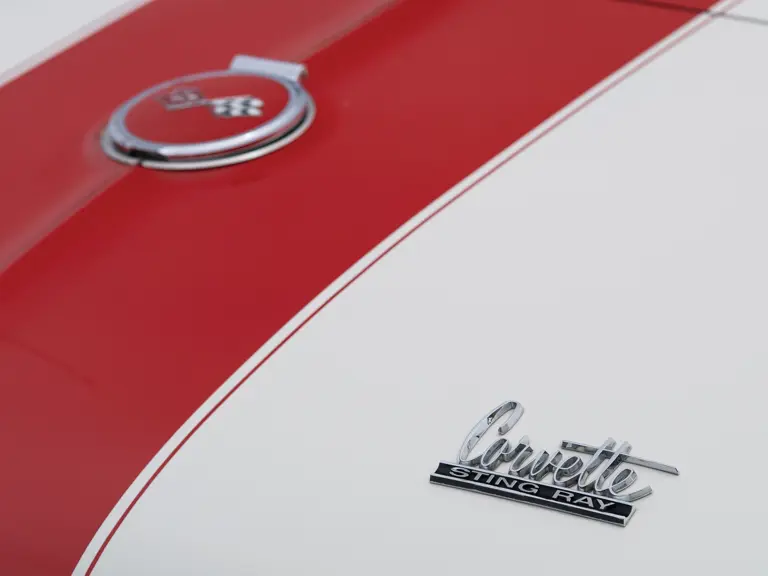
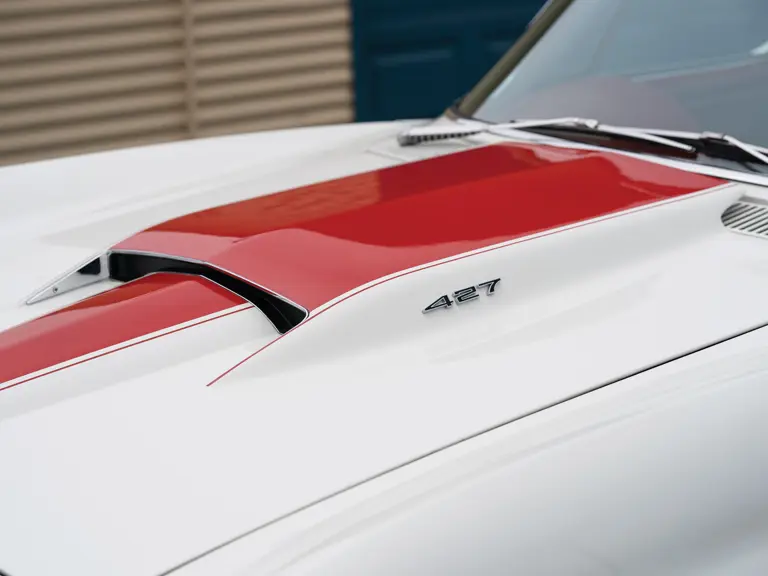

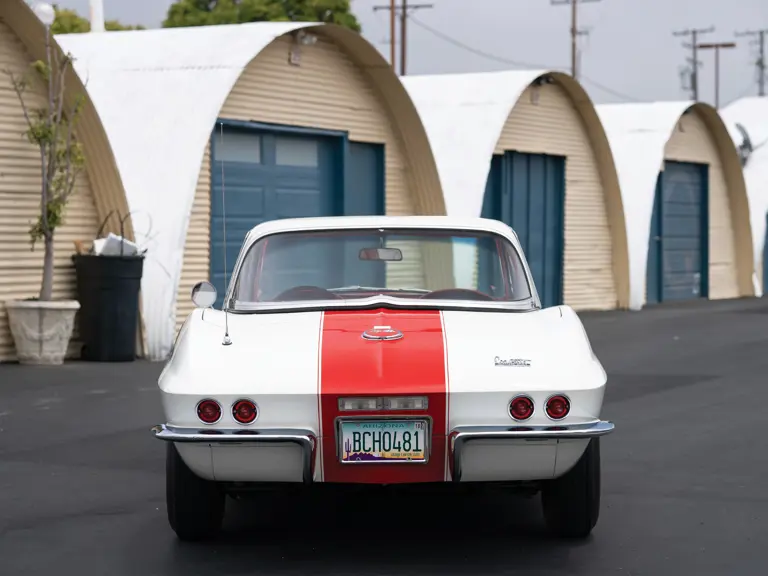
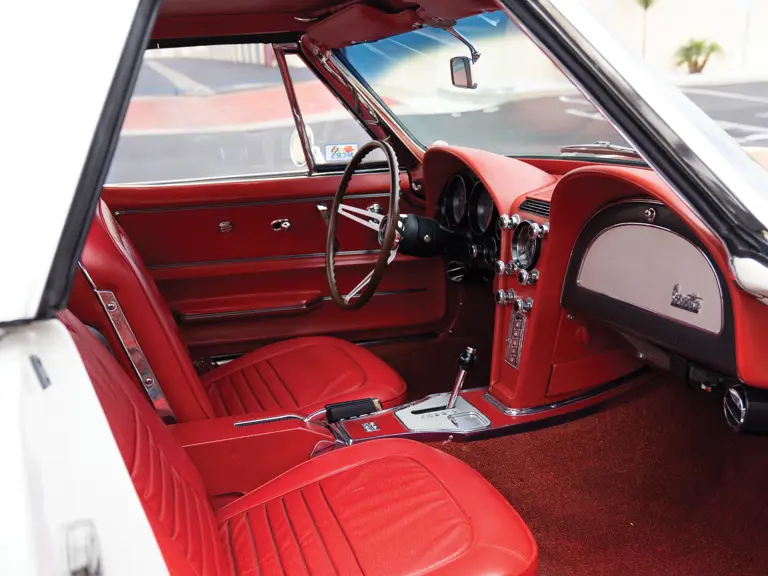
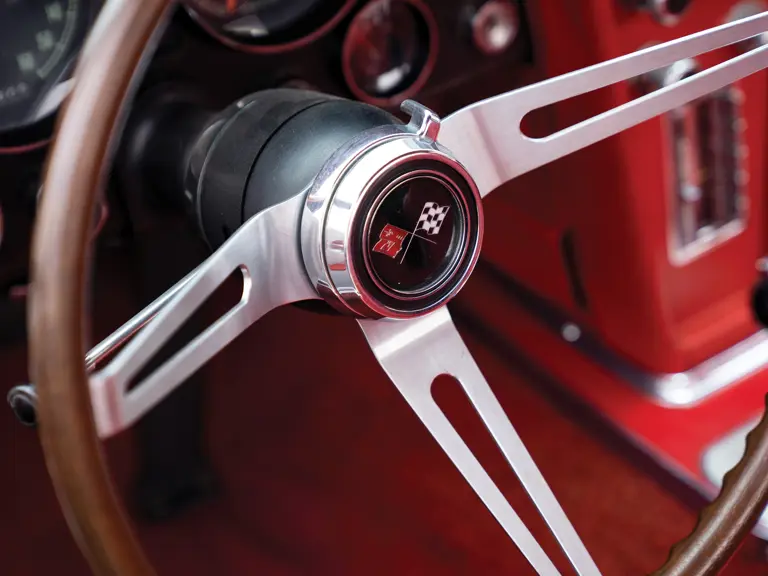

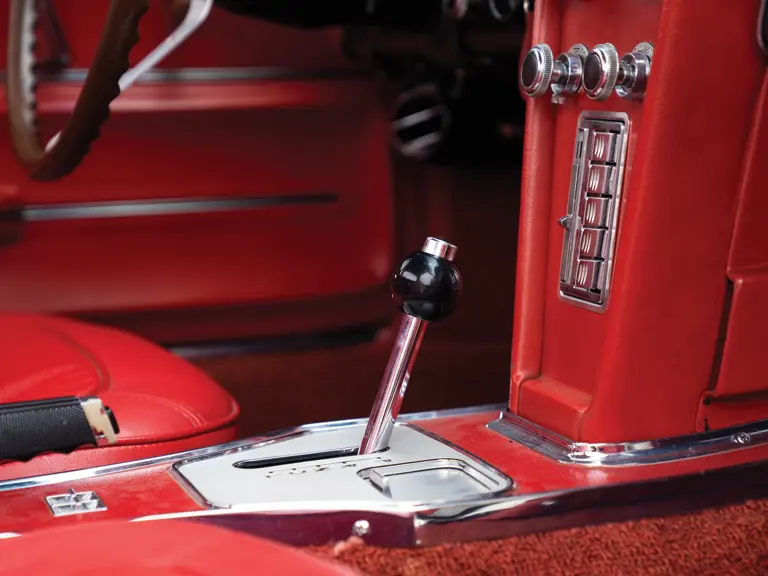
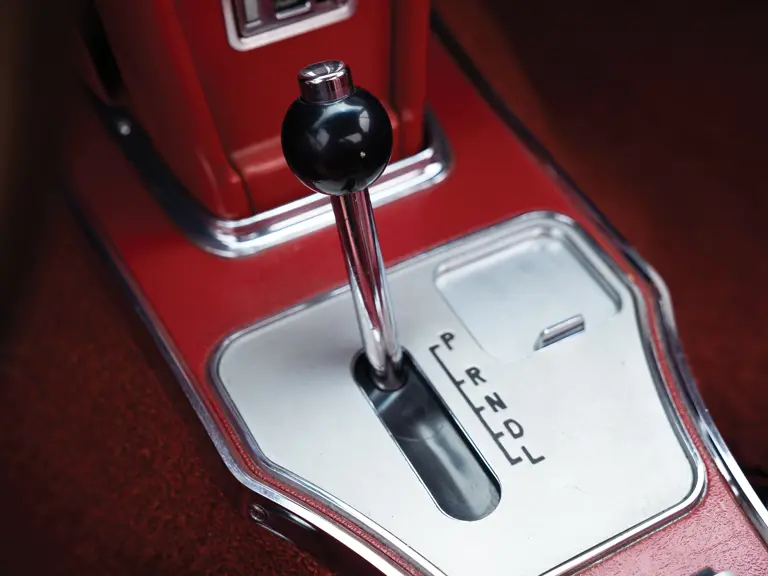
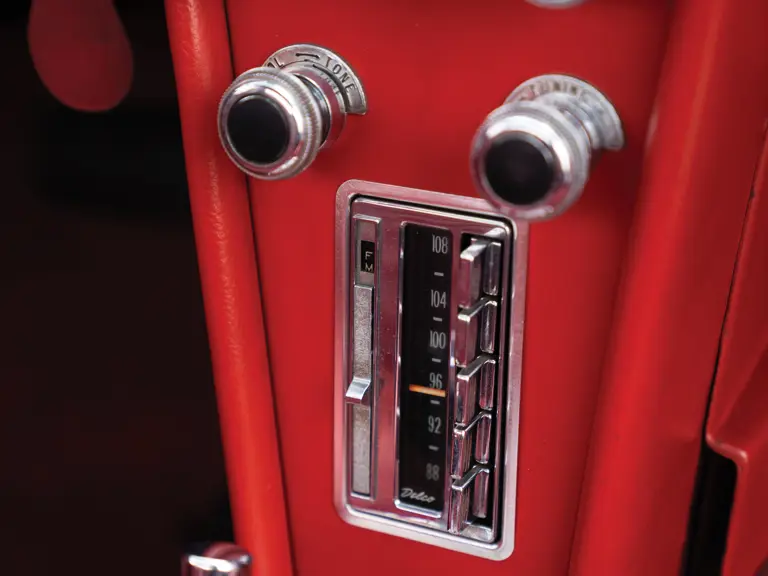

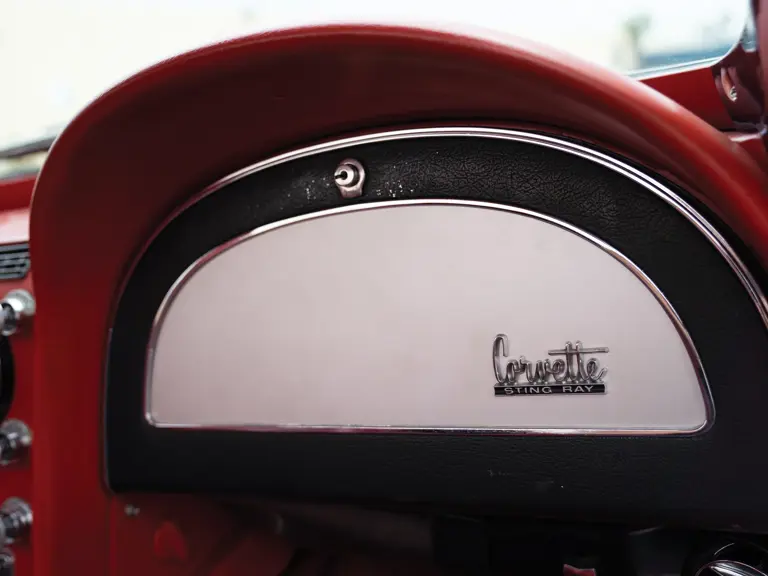

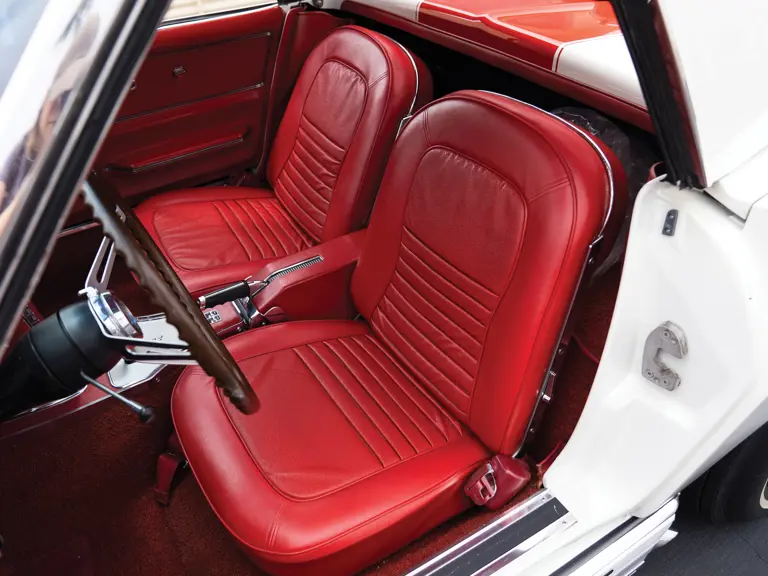
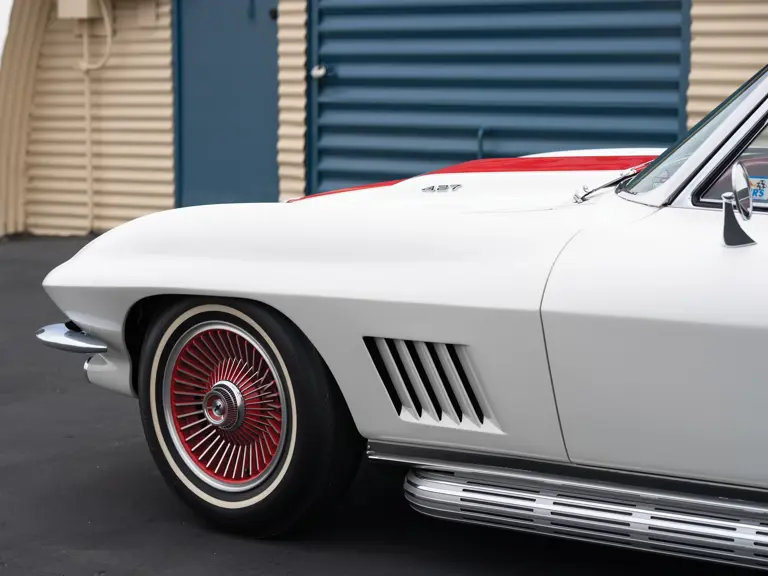


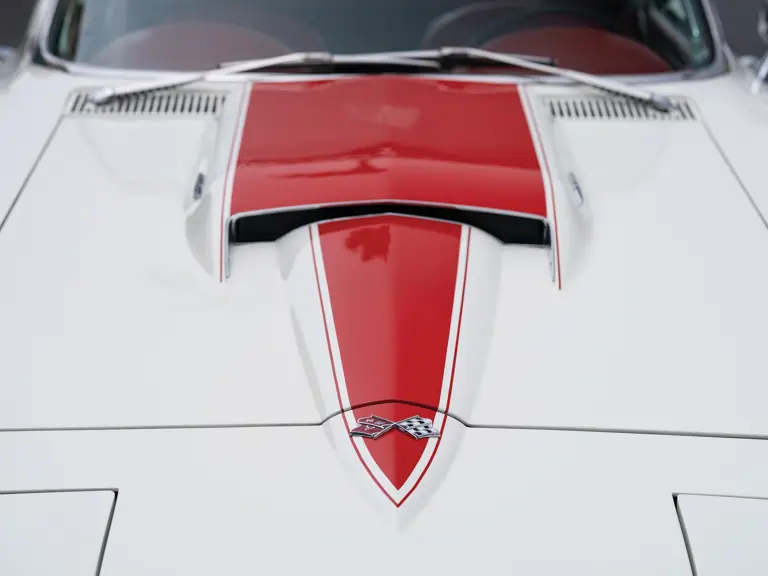
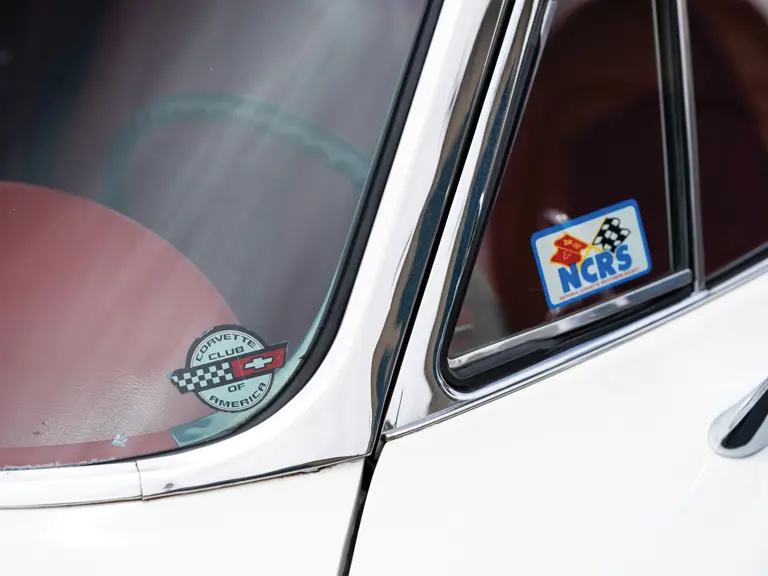

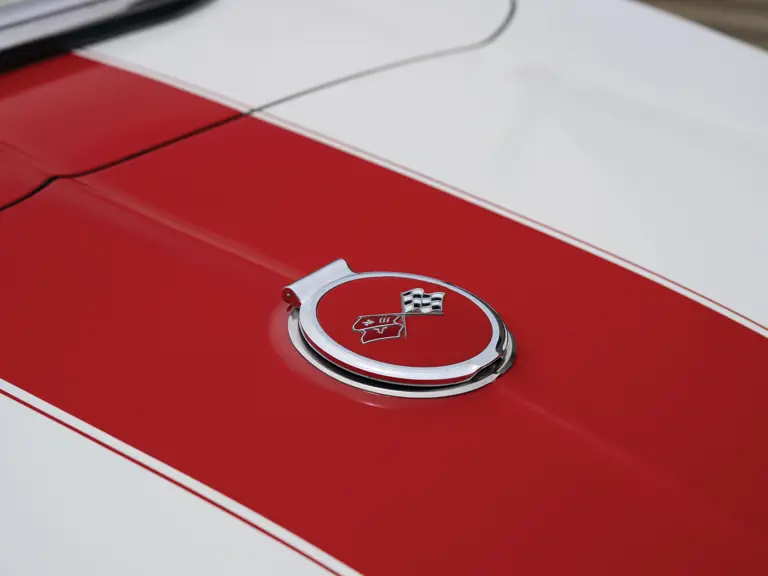
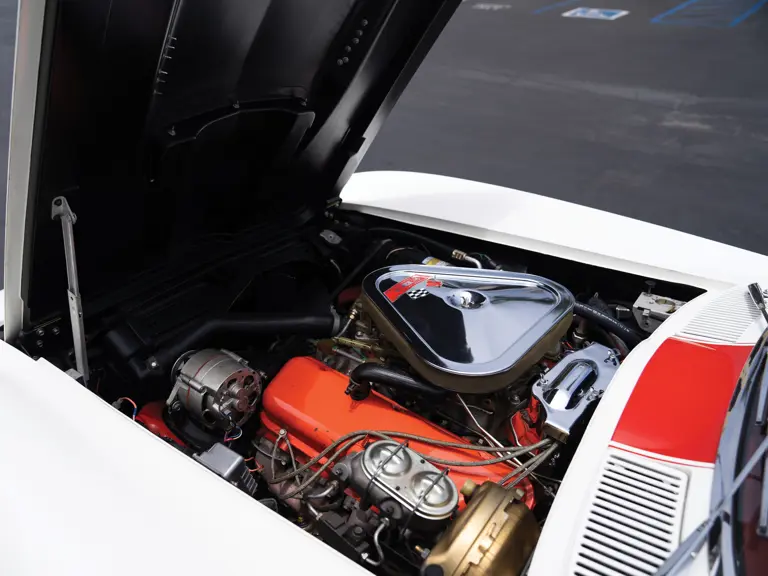
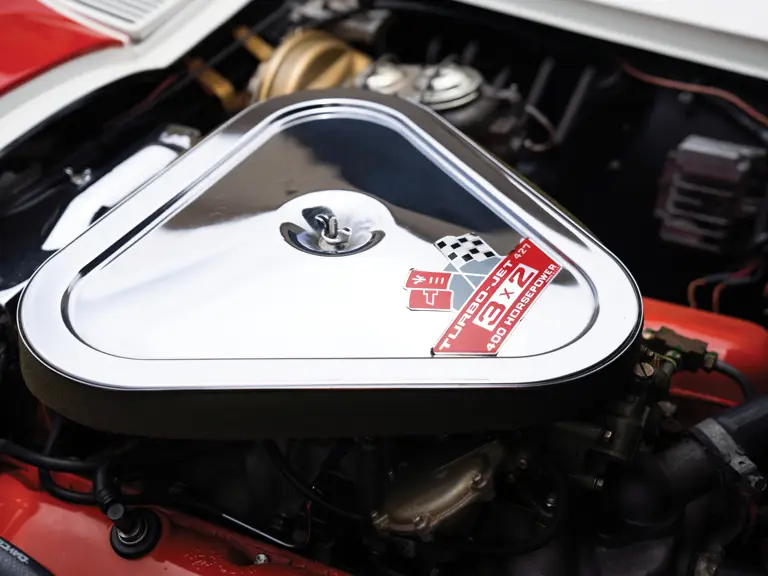

 | Auburn, Indiana
| Auburn, Indiana

